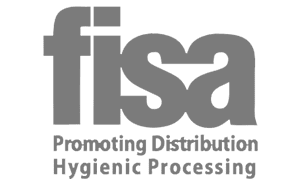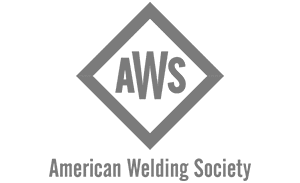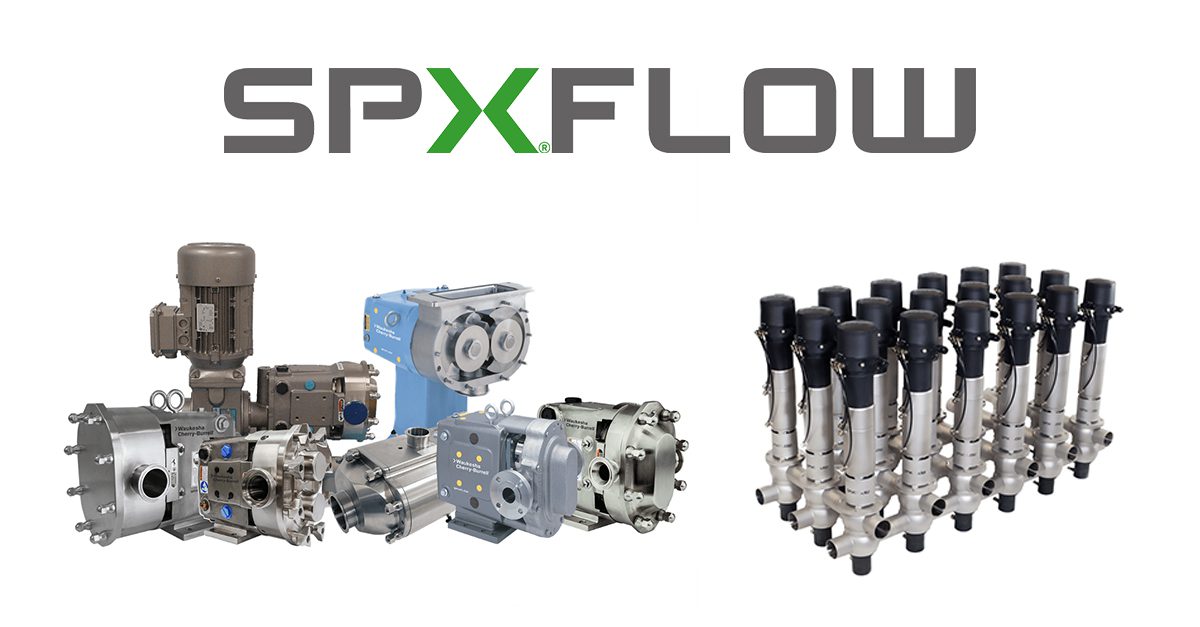What You Need to Know About Food-Grade Lubricants for Your Next Sanitary Pump Application
What is a Food Grade Lubricant?
Food grade lubricants perform the same technical functions as any other lubricant. Their job is to provide protection against wear, friction, and corrosion. They also must dissipate heat and transfer power. Good lubricants also need to be compatible with rubber and other sealing materials. In the food and pharmaceutical process industry, it is important that oils and lubricants comply with food/health and safety regulations. They need to be physiologically inert, tasteless, and odorless.
A challenge in many sanitary PD pump applications is protecting the gear case and gear oil from environmental contaminations. Due to extreme cleaning conditions, such as direct spray, steam, or high temperature CIP solutions, it is not uncommon to see the oil lip seals and bearing retainers fail over time. Holland often specifies bearing isolators for these direct spray applications as some plants have reported as much as 15% by volume water in their gear oils.
The FDA has also set a zero tolerance rule for contamination by nonfood grade lubricants. Food-grade lubricants are harmless if accidentally consumed in FDA prescribed levels at or below 10 ppm. In the event of lubricant leakage into process, it is important that public health, as well as product appearance, odor, and taste are not compromised. The instances of mass product recalls leading to loss of thousands of pounds of product due to exposure to nonfood grade lubricant are numerous.
How are Food Grade Lubricants Classified?
For food processing applications, the USDA created three food-grade lubricant designations- H1, H2, and H3. H1 lubricants are used in applications where there is a chance for incidental process contamination. A good example of where H1 lubricants are used is in the gear case of positive displacement pumps. H2 lubricants are used on equipment and machine parts in locations where there is no possibility of contact. H2 is far less common than H1, with equipment manufacturers and end users preferring H1 over H2. Finally, H3 lubricants are typically edible oils used to prevent rust on hooks or similar product contact surfaces.
To gain USDA approval and designation, lubricant manufacturers have to prove that all ingredients in the formulation are in accordance with the Guidelines of Security Code of Regulations (CFR) Tile 21, 178.3570. Approval is based upon ingredients and formulation, not actual lubricant testing. As of September 1998, however, the USDA has stopped issuing registration of food-grade lubricants, and the responsibility of fallen to the NSF. While continual inspections and review of lubricants used in a process applications have stopped, many lubricant manufacturers still aspire to comply with H1 and H2 standards and often supply certification that guarantee that claim.
What applications in particular merit the use of H1 lubricants?
The most common place we see at Holland where users can benefit from the use of food grade oils is in sanitary PD pump applications. The gears used to generate the torque required to handle the highly viscous products and high differential pressures of PD pump applications require a good oil bath. For food applications, Waukesha offers an FDA approved H1 lubricant as an option. The Waukesha Universal 2 Model 130, for example, requires 6 oz or 170 mL of gear case oil. It’s clear to see the risks that can be mitigated by switching to a food grade oil.
Do I need to use H1 lubricants for everything in my plant?
Does this mean that every piece of machinery in a food plant should be H1 or H2? No, not really. There is a tendency to assume that H1 is a fail-safe option or substitute for poor maintenance. This is a fallacy. No lubricant can take the place of proactive measures such as upgrading oil seals or installing bearing isolators. H1 lubricant is more expensive than comparable nonfood grade lubricants and, in certain cases, inferior to common mineral or synthetic lubricants. That being said, the next time you are buying a new pump or piece of process equipment, it is prudent to ask if H1 lubricants are being used.
Hopefully this post addresses an often overlooked aspect of specifying equipment for food grade applications. If you have any questions about what lubricant you should be using, contact a Holland Sales Engineer today.








